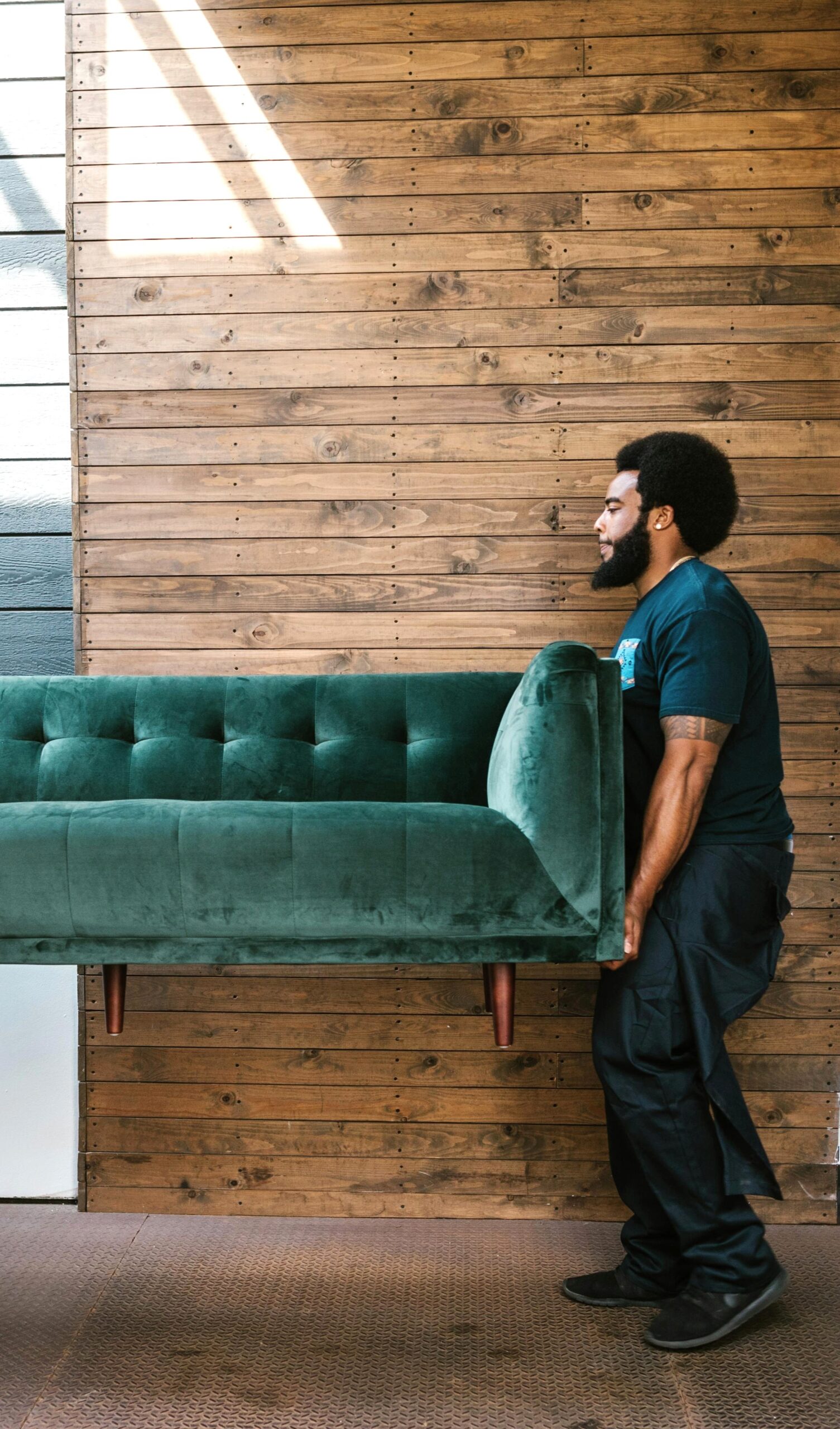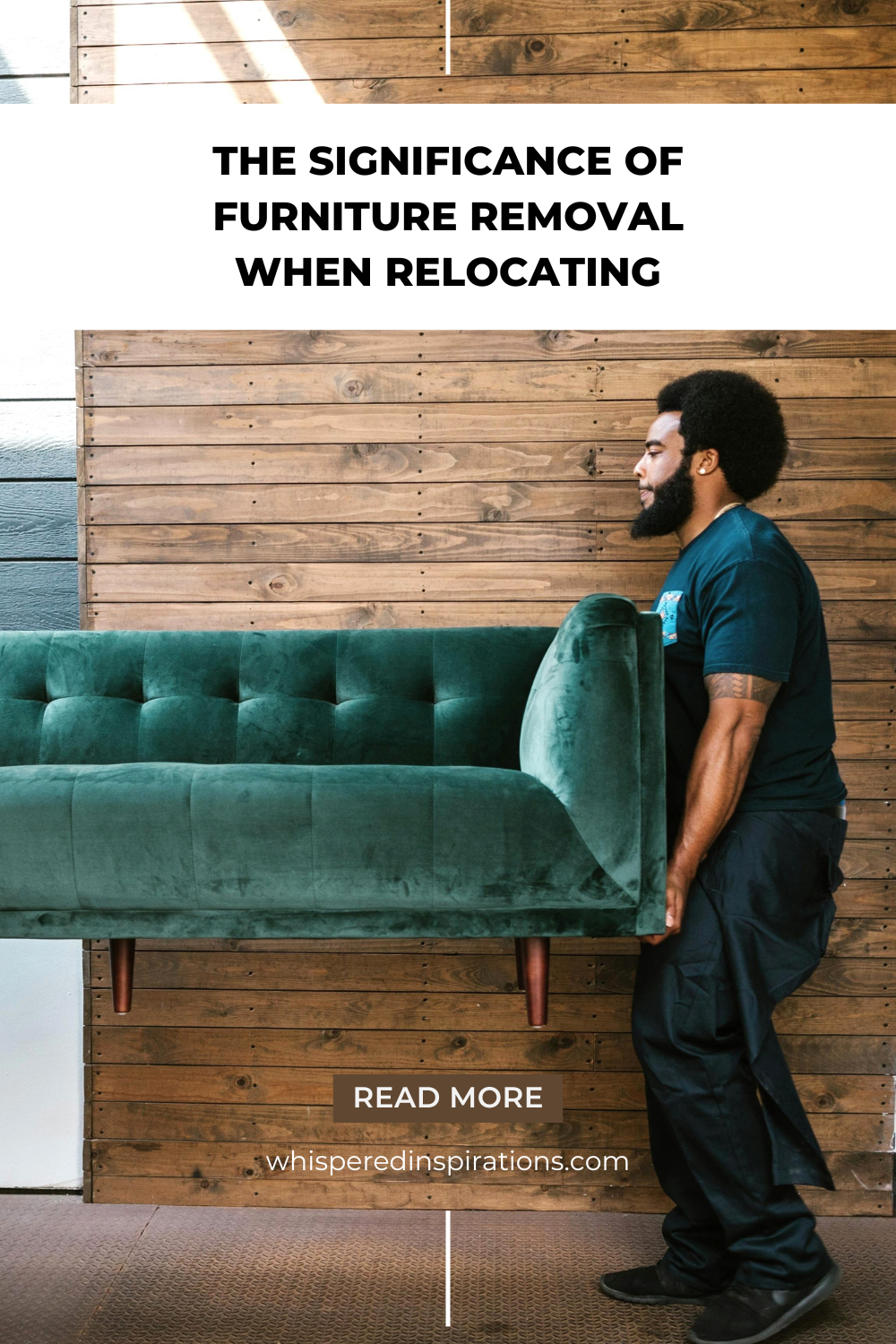The Significance of Furniture Removal When Relocating: A Comprehensive Guide

Table of Contents
- Why Furniture Removal Matters During a Move
- How To Decide What Furniture to Remove
- Simple Steps to Prepare Furniture for Removal
- Eco-Friendly and Responsible Disposal Methods
- Health and Safety Considerations
- Professional Services vs. DIY Furniture Removal
- Tips for a Stress-Free Furniture Removal Experience
- Conclusion: The Value of Thoughtful Furniture Removal
Why Furniture Removal Matters During a Move
Relocating to a new home or office brings a fresh start, but the process can be challenging if not managed efficiently.
One of the most critical aspects of relocating is removing furniture you no longer need or want.
Effective furniture removal not only reduces moving costs by minimizing the load for professional movers but also streamlines the process, making everything smoother for you and your family.
Opting for furniture removal Fort Lauderdale can be a wise solution for those looking to simplify their move.
Having professionals handle unwanted or cumbersome furniture can save you time, effort, and avoid the headache of logistics, ensuring your new space is clutter-free from the moment you arrive.
Moreover, downsizing your furniture during a move makes it easier to adapt your new space to your current lifestyle.
It’s also an eco-conscious decision; fewer items to transport means a reduced carbon footprint and opportunity to responsibly recycle or donate rather than simply dispose of your old furnishings.
Thoughtful furniture removal is ultimately a way to embrace new beginnings, offering clarity and a sense of lightness, both physically and emotionally.
How To Decide What Furniture to Remove
Deciding which pieces to take with you and what to leave behind isn’t always straightforward. Start by assessing the condition and value of each item.
Pieces that are broken, worn out, or no longer match your taste are clear candidates for removal.
Equally, if you’re moving into a smaller space, you’ll need to measure your new rooms and compare them to your current furniture to avoid overcrowding.
Resources like U.S. News’ guide on how to declutter your home can also provide helpful strategies for making these choices easier.
Don’t overlook the emotional factors either. Some furniture might hold sentimental value that outweighs practical concerns.
Conversely, letting go of items connected to less pleasant memories can be liberating.
Create a list to help you weigh practical needs against emotional attachments, ensuring you are thoughtful rather than impulsive during the decision-making process.
Simple Steps to Prepare Furniture for Removal
- Disassembly basics: Take apart large items such as bed frames, desks, and bookshelves. Use appropriate tools and gather hardware in clearly labeled bags for reassembly or donation.
- Protection and labeling: Wrap fragile or valuable pieces in moving blankets, bubble wrap, or stretch film. Label each wrapped piece with its destination (“Keep,” “Donate,” “Dispose”) to eliminate confusion on moving day.
- Document for insurance: Photographically document any high-value items before removal to help with potential insurance claims or to provide proof of condition when donating.
Eco-Friendly and Responsible Disposal Methods
Redefine your moving process as an opportunity to make a positive impact. Donating gently used furniture to local charities or shelters extends the life of your pieces and supports your community.
If your items are unsuitable for donation, consider recycling or upcycling them.
Many curbside programs and specialty recyclers accept furniture materials, but it’s wise to double-check local guidelines, such as those outlined by the EPA.
If you’re crafty, upcycling can also be a fun way to give old pieces new life—transforming a worn-out dresser into a modern storage bench, for example.
Environmentally responsible disposal methods not only declutter your home but also promote sustainability.
Health and Safety Considerations
Furniture removal isn’t risk-free. To prevent back injuries and strains, always lift with your legs—not your back—and secure a good grip before moving any piece.
Enlist help for heavy or awkward items, and use proper moving equipment such as dollies, sliders, and lifting straps when possible.
Also, be mindful of potential hazards in older furniture, including sharp edges, splintered wood, or even dangerous substances like lead paint or asbestos in vintage items.
Follow workplace safety guidelines and don’t rush the process. If you have underlying health issues or physical limitations, it’s often best to let professionals handle the heavy lifting.
Professional Services vs. DIY Furniture Removal
Choosing between professional and DIY furniture removal hinges on several factors. Professional services can be more expensive but offer speed, convenience, and lower risk of injury.
Look for companies with strong reputations—check reviews, request quotes, and ensure they’re licensed and insured before booking.
On the other hand, the DIY route saves money and can work well for smaller moves, especially if you have the time, energy, and access to the right tools and transportation.
If you’re opting to remove furniture yourself, organize a team of helpers and map out the removal steps in detail.
Remember that if you don’t have the appropriate vehicle or equipment, professional assistance may ultimately be more cost-effective and efficient.
Tips for a Stress-Free Furniture Removal Experience
- Create a timeline and checklist: Don’t leave everything for the last minute. Planning weeks in advance helps avoid chaos on moving day.
- Communicate clearly: Whether you’ve hired movers or are working with friends, let everyone know the schedule, route, and what to expect. Label items and spaces so helpers aren’t left guessing.
- Avoid common pitfalls: Don’t overload boxes, skip proper lifting techniques, or neglect to secure furniture during transport.
Preparation and communication are essential tools for a smooth process—eliminating confusion, minimizing damage, and reducing your own stress.
Conclusion: The Value of Thoughtful Furniture Removal
Furniture removal is more than just a task on your moving checklist—it’s an opportunity to create a fresh, organized start.
By carefully deciding what to keep, preparing items properly, and choosing the proper disposal method, you not only make your move more efficient but also support sustainability and protect your health.
Whether you handle it yourself or rely on professionals like furniture removal Fort Lauderdale, approaching the process with planning and intention ensures less stress.
It will give you a lighter load, and a smoother transition into your new space. Thoughtful removal sets the stage for a home that truly reflects your lifestyle and values.
Do you have any tips for thoughtful furniture removal?
Let me know, til then—cheers m’deres!

PIN FOR LATER:

Nancy Polanco is a freelance journalist, lifestyle content creator, and editor of Whispered Inspirations. She is a proud Mom to Gabby and Michaela and partner and best friend to Darasak. Having worked as part of a health care team for almost a decade, Nancy is happy to be back to her passion. She is a contributor to the Huffington Post, TODAY’s Parents, and an Oprah Magazine Brand Ambassador.







